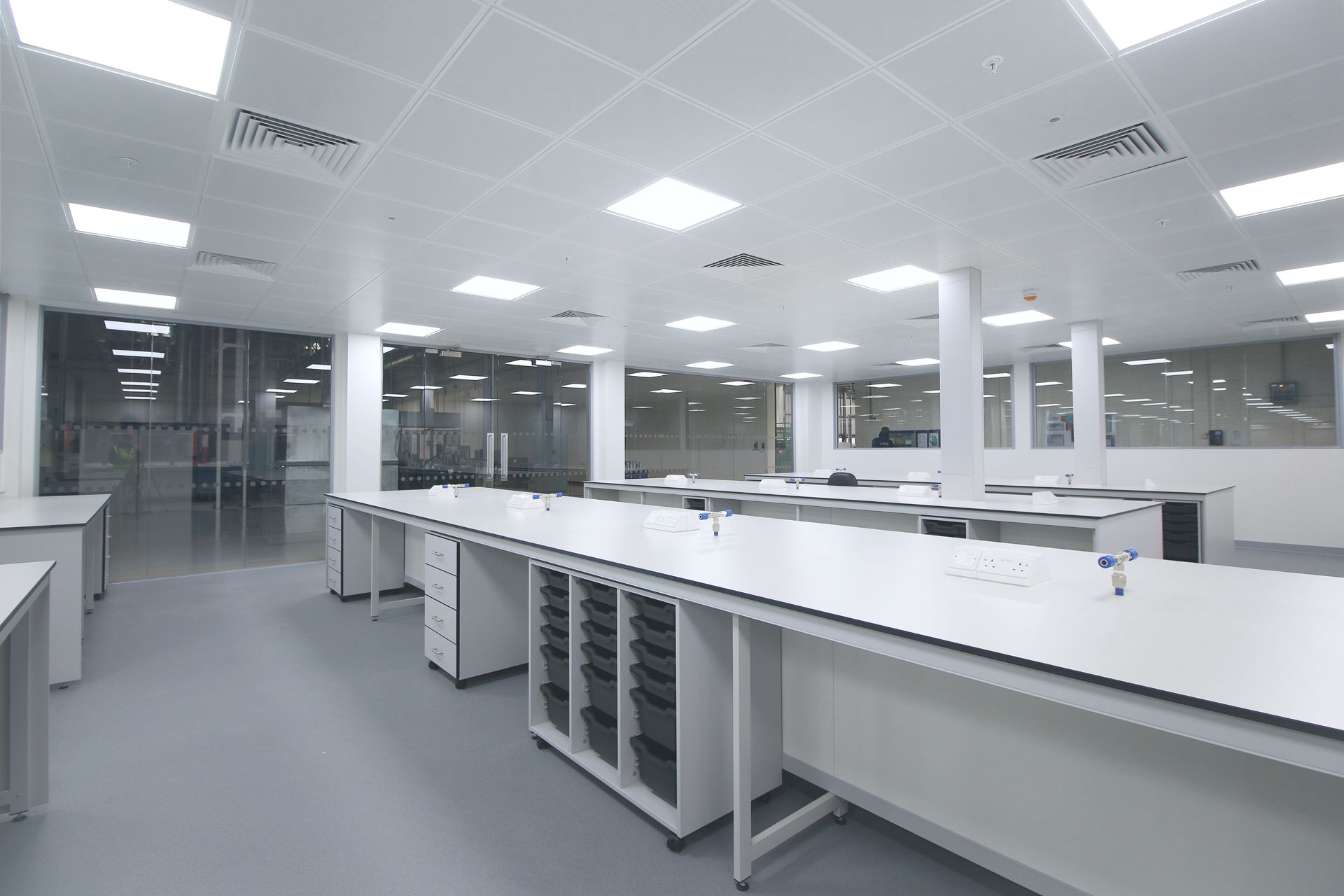Designing for dispersal and collaboration
January 13, 2021
It has been widely stated that Covid-19 has forced businesses to rethink their ways of working, with some predicting that we would see the death of the office altogether. It is certainly true that the pandemic has had dramatic effects on the operations of companies in every sector as well as having tragic consequences to many workpeople and their families worldwide.
Although new developments in the working environment are taking place, it would be wrong to assume that the pandemic has been the sole driver of these changes. Glenside is also convinced that those forecasting that there is no future for the office are incorrect in their predictions.
The hub-and-spoke model
As David Cairns, Senior Vice President of CBRE Canada stated in a recent post "Many companies have been in the process of transforming their office portfolios for years. They want to create physical workplaces that act as a silent partner to the company’s brand and culture. These spaces are intended to drive employee connectivity and innovation and are essential to attracting talent.
"This physical workplace is also meant to work hand-in-hand with the rise of remote work and flexible workspaces. The “hub-and-spoke model,” where companies rely on a central “hub” headquarters for important meetings and events, and a network of smaller regional offices or “spokes” closer to where employees live, was gaining traction well before COVID-19."
An emerging workplace culture
The CBRE report foresees home offices continuing to have a place in the hub-and-spoke company structure. Many people have found working from home to be attractive and productive during periods of lockdown. However, a recent global survey by the Robert Walters Group found that working permanently away from the office was not the preferred option of most working professionals. “A partly flexible approach is favoured by most workers. 40% of professionals would opt to work at home at least one day per week. 27% of employees would like to limit working from home to a few days per month.”
A flexible pattern that involves working from home or closer to home at a regional office has many benefits, saving the time and money used up in commuting long distances and reducing the environmental impact of travelling to work. However, the central core of the hub-and-spoke model also has a very important role to play.
A place for business and much more
Back in July 2020, Patrick McRae, CEO of the UK art consultancy Artiq made an Interesting contribution to HR News. In line with the CBRE post, he states that: "Following the slow easing of lockdown measures, it will be important to have a place to go and not just work, but to talk, to socialise, and fundamentally, to humanise the work we do. The office could morph from a place of work to the physical and cultural hub of a business."
He also believes, as we do, that: "This crisis has highlighted just how crucial offices are to company identity and employees’ sense of mental wellbeing and belonging."
Going back to go forward
Glenside has long supported the trend towards a more informal, flexible and collaborative environment. Staff breakout areas, canteens and tea-points
can be just as valuable for discussion with colleagues and clients as a formal boardroom setting.
For companies that opt for a hub-and-spoke business model, it will be important to reflect the corporate branding, aesthetics and ethos at both the central HQ and the regional offices. Effective office design
and fit out will play an important role in supporting teamwork, collaboration and company values going forward.
At time of writing, there are now two Covid-19 vaccines approved for public use in the UK. A massive vaccination programme is unfolding and in the coming months employees will gradually go back to a post-pandemic world of work. Companies will need to make them feel safe, welcome and valued. Through our workplace design skills, Glenside is there to help them in every way we can.
View more insights: Office Design I Industrial Property I Laboratories I Wellbeing & Productivity I Company Updates
Join Our Mailing List
All data is handled inline with our Privacy Policy and you may unsubscribe at any time.




